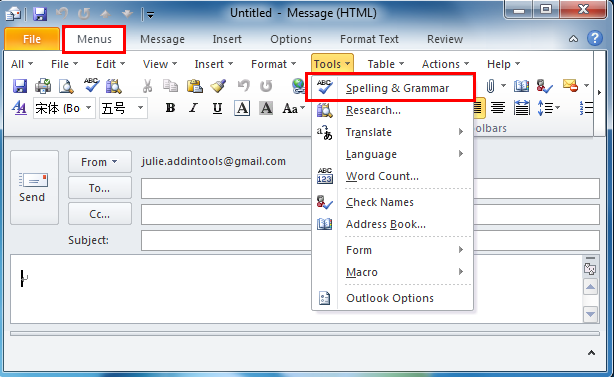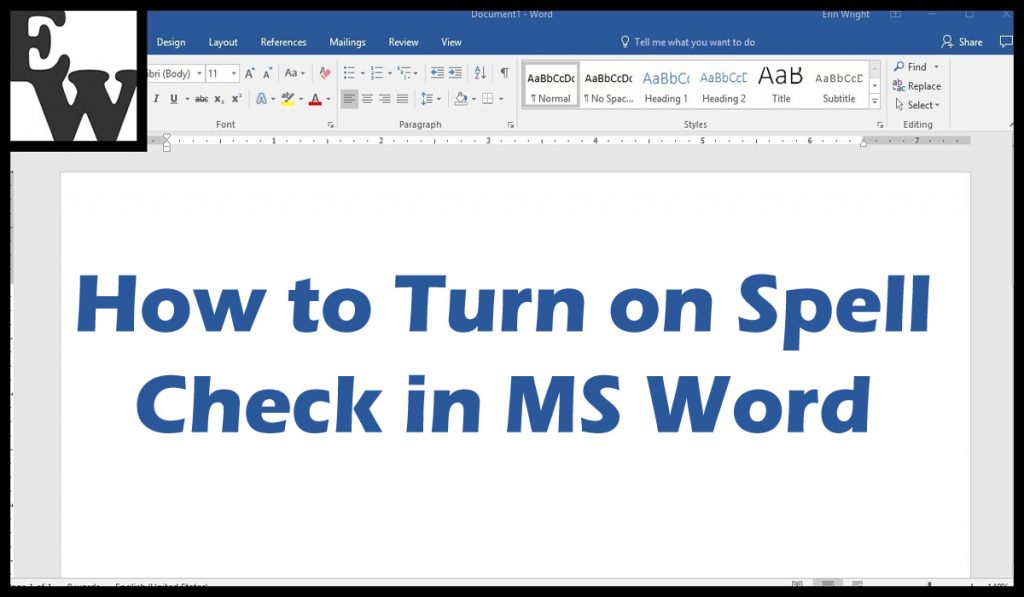


Shapes, stencils, and templates in Visio 2013.Video: Create an Excel 2010 workbook from a template.Compare two versions of a workbook by using Spread.Edit an Opportunity record in Business Contact Man.Work with links in UML static structure diagrams.Video: Adding events to a SharePoint calendar.How do I tell if I have an Exchange account in Out.Find or replace text and numbers on a worksheet.Change the background picture on a slide.Using a BI workbook in a browser window.About the Account dimension in Planning Business M.Add a custom title or icon to a database.Set up Office apps and email on a mobile device.Keep a calendar and your appointments and meetings.Delete an email account from Outlook on the web.Why does Access want me to enter a parameter value?.Insert and format pictures in OneNote 2016 for Mac.Add transitions between your slides in PowerPoint.Embedded and linked sound files in a presentation.When Word finishes reviewing the document, you'll see a message that the spelling and grammar check is complete. You can't add custom grammar to the dictionary.Īfter you correct, ignore, or skip an error, Word moves to the next one. To skip a misspelled word in all documents, click Add to add it to the dictionary. To skip the error, do one of the following:Ĭlick Ignore to skip only that instance of the error.Ĭlick Ignore All to skip all instances of the error.įor a grammatical error, click Next Sentence to skip that instance of the error and move to the next error.


Under Suggestions, click the word you want to use, and then click Change. Type the correction in the box and then click Change. To fix an error, do one of the following: If Word finds a potential error, the Spelling & Grammar dialog box will open, spelling errors will be shown as red text, and grammatical errors will be shown as green text. On the Review tab, click Spelling & Grammar.


 0 kommentar(er)
0 kommentar(er)
